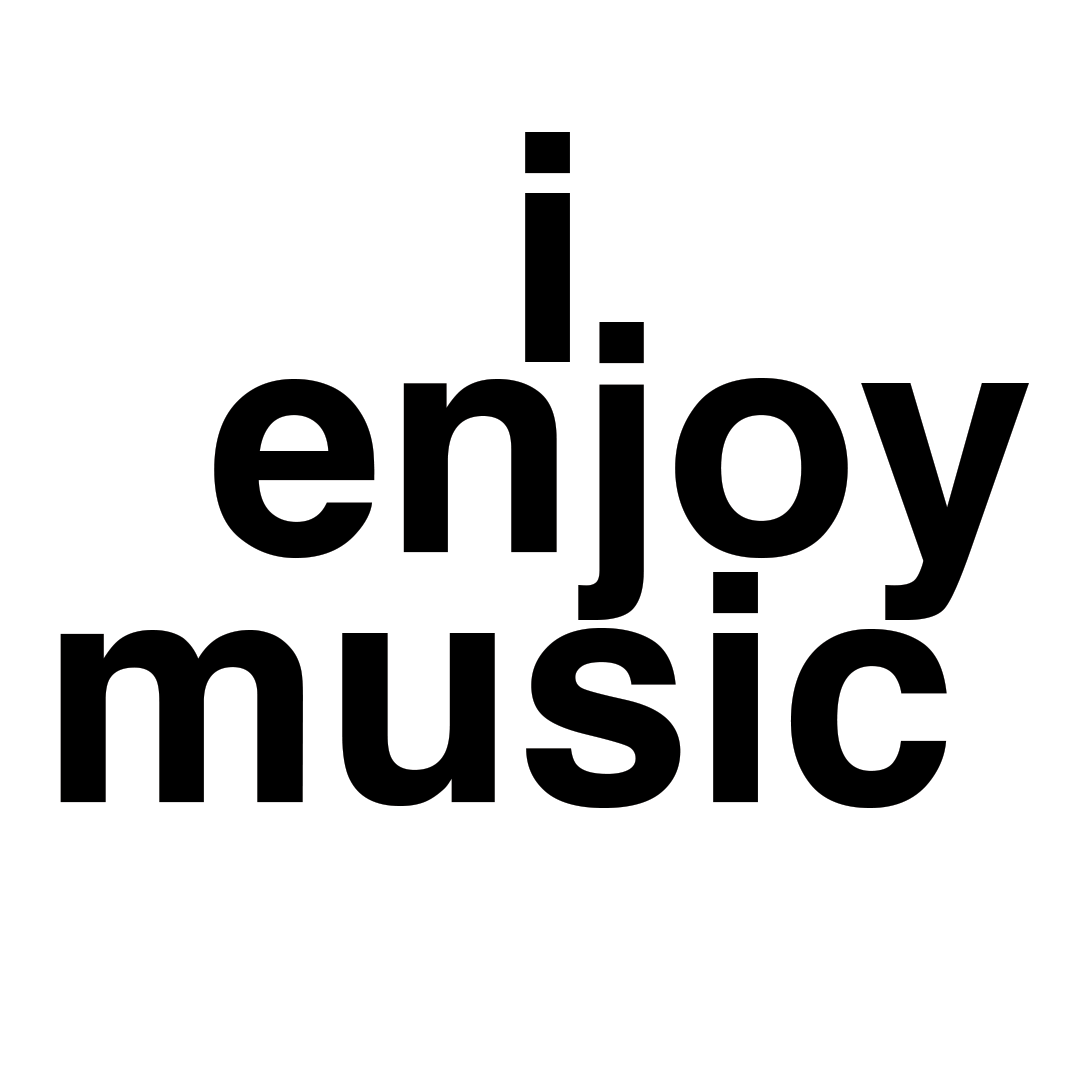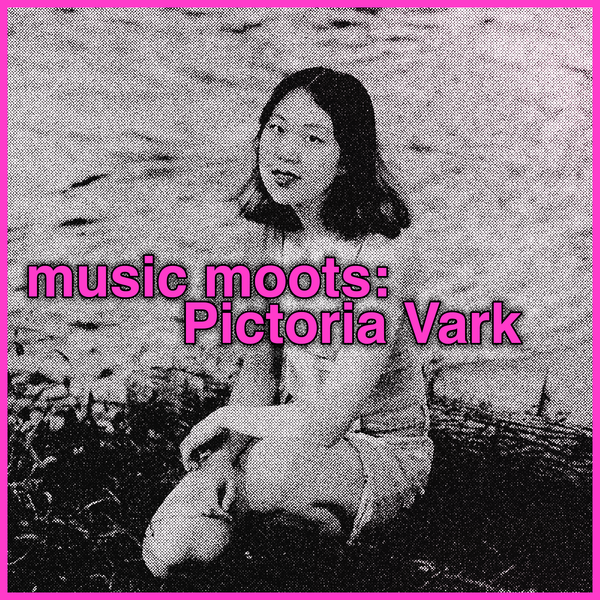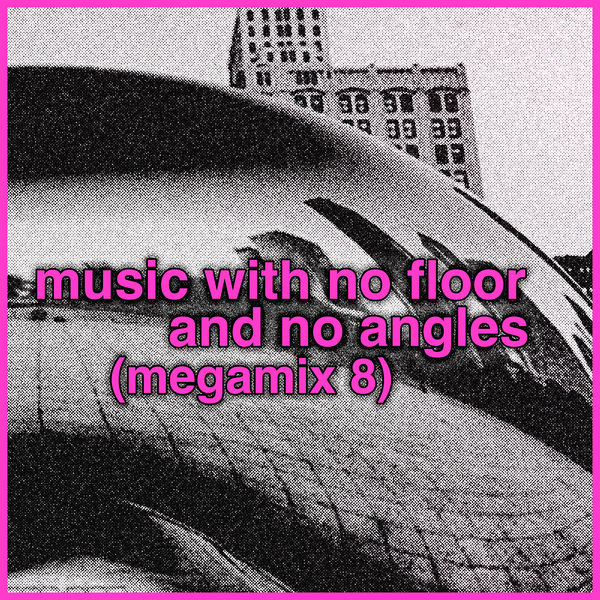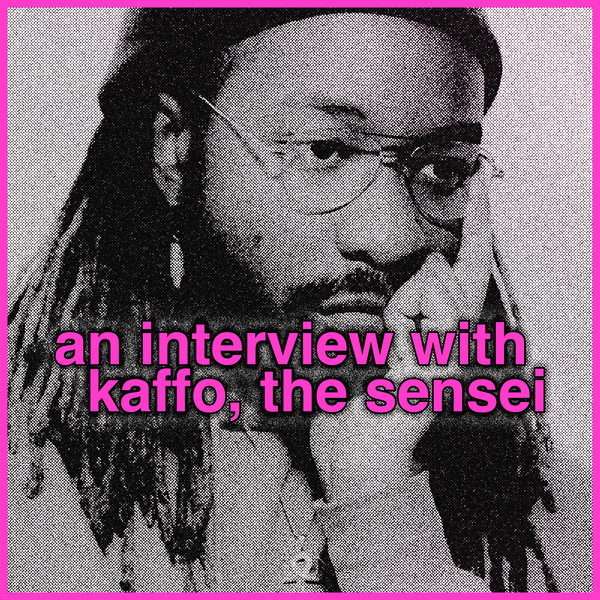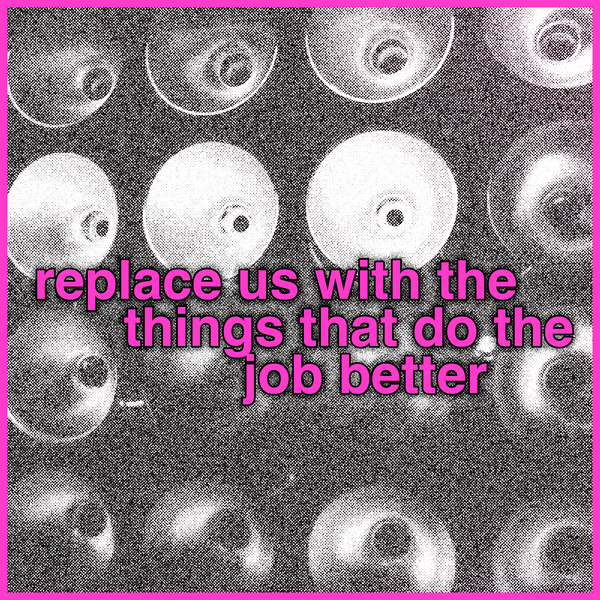stand by your jam: a jam band fan's take on the scene's recent history
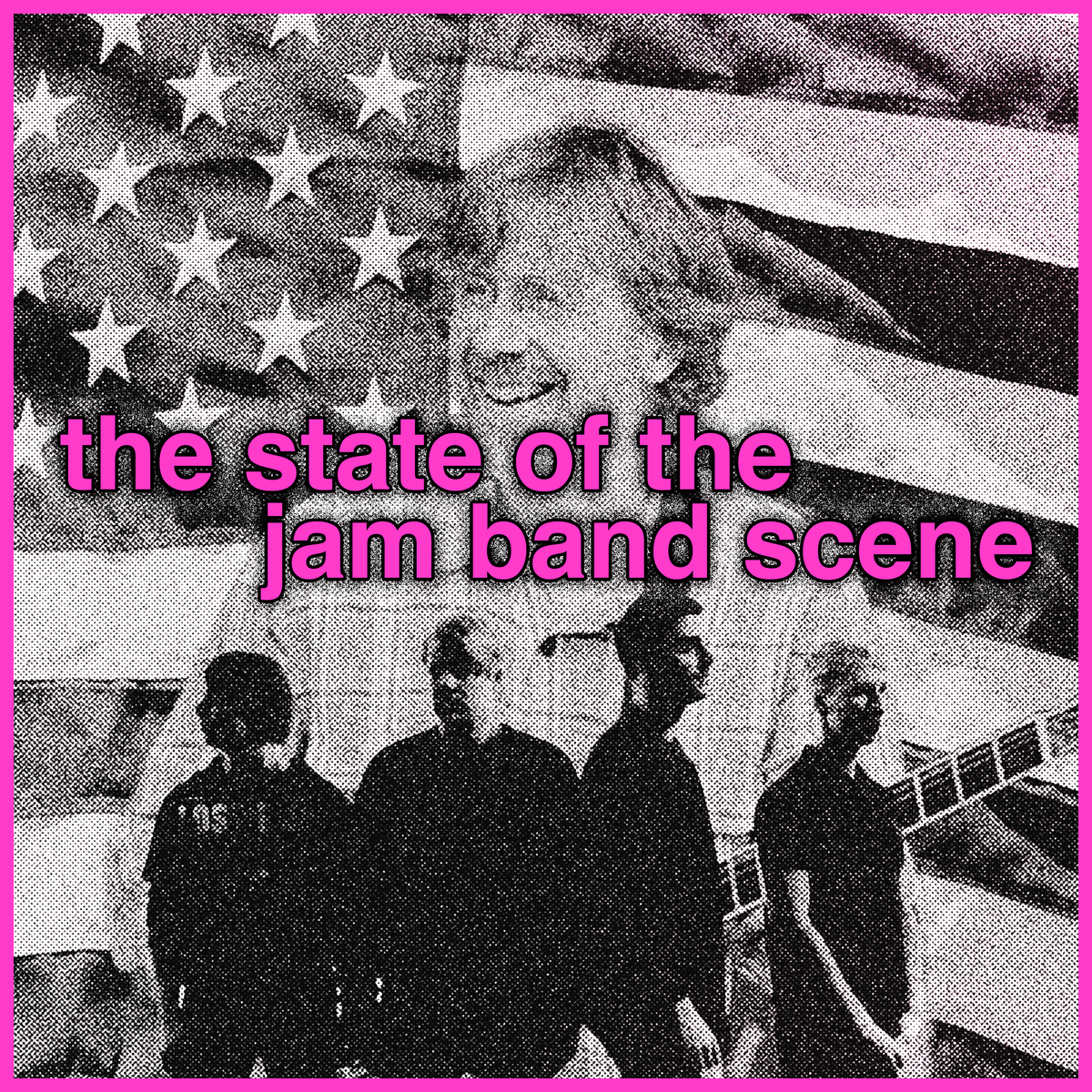
It's Fourth of July time. Happy birthday, America, we are doing so good, we are truly killing it.
In my opinion, as the sun beats down on us and the hot dogs sizzle, now is the perfect time to publish a mega-treatise on the State of the American Jam Band. Jerry Koenigsmark is here as a guest writer to take us through a brief history of the contemporary jam band under a few thematic banners: the pervasive search for The Next Big Jam Band To Whom Phish Will Pass The Torch, the intense vibes of online jam band communities, and the increasing mainstream crossover appeal of jam bands. Buckle up, maybe take a puff of your preferred jam medicine, and take the bus to extended noodletown, because we're jamming today...
On April 11th, 2024, at the Capitol Theater in Port Chester, New York, a culmination that would have seemed impossible sixteen years prior finally happened. Indie rock darlings Vampire Weekend sat in with a jam band—specifically Goose, the rising stars of the scene. They played two of the former’s songs: the recently released “Gen-X Cops” and their old beloved classic “Cape Cod Kwassa Kwassa.” Not only did they play these two songs, but “Cape Cod” was actually extended and turned into a 30+ minute jam. Even though the end result was standard Phish ripoff fare with Goose doing a lot of the heavy lifting, it represents something bigger—the latest chapter in the modern jam band scene’s desire for legitimacy in both the indie/alternative space as well as the wider music community.
It’s a scene that began in the ‘60s and ‘70s with bands like the Grateful Dead and the Allman Brothers Band, and reached new heights from the late ‘80s into the ‘90s through the likes of Phish, Widespread Panic and Blues Traveler. On the surface, the scene used to have somewhat of an experimental, anti-authority, anti-consumerist mentality on the level of punk or indie, but it is now a community run by capitalists—live promoters, managers, and the larger bands themselves—who care about one thing and one thing only: making money. And in theory, pursuing broader appeal by having acts like Vampire Weekend or Father John Misty play with a band like Goose will mean more feet through doors, and more cash at the box office.
One thing that informs the jam scene in the contemporary world is the internet (obviously). It seems like right when the world wide web really started to get going, Deadheads followed by Phishheads were some of the earliest proprietors of online fandom. Today, there are several options for fans to go if they want to talk about various bands, festivals and aspects of the scene. First, there’s the obvious—Reddit and Facebook groups—followed by the not so obvious: Phish.net and Phantasy Tour.
Now with Reddit and Facebook, you are able to get a wider reach in terms of user-base as well as a higher chance of a “regular” person coming across it and engaging with veteran users. Phish.net and Phantasy Tour are both different. The former has its origins in 1991 as an email list; its own band-approved charity, The Mockingbird Foundation; as well as an archive of all of Phish’s live shows, sit-ins and appearances (how else would I know how many times they’ve sung the Star-Spangled Banner at a sporting event?); and, of course, its own forum.
This space tends to be mostly forgiving of whatever the band does, for better or worse, even though detractors are present. The discussion topics that do seem to be more mixed are reactions to other, more controversial groups in the scene. The Jauntee, Twiddle, Goose, Spafford, Aqueous, Pigeons Playing Ping Pong: all groups that will be discussed in one way or another in this piece have been written about on Phish.net pretty frequently. The culture of the site is a mixture of oversight and laissez-faire; swear words are censored and more blatant bigoted comments and attitudes are deleted and addressed, but there are also horrible comments made by people that are never deleted, even after they are pointed out by others. This aspect of Phish.net shows that, despite having some discipline, the site has issues under the surface that still need to be worked out.
Phantasy Tour on the other hand…have you ever wondered if the jam band scene had its own 4chan? Because that’s what it is. The forums there are dedicated to multiple bands in the scene, although it seems like the Phish board serves as the default, with offensive comments and slurs galore amongst mostly negative music discussion. The energy has gotten so bad that whenever musicians in the scene mention Phantasy Tour, it’s done with an air of embarrassment. It doesn’t matter what band it is. If it’s Phish, it’s terrible, if it’s Dead and Company, it’s terrible, no one is safe there. It’s a complete free for all and it should be avoided at all times. If Phish.net is the Twitter liberal in the room, then Phantasy Tour is definitely the terminally online hardcore right winger, no doubt about it.
Jam band culture’s shift toward the mainstream truly started when Phish broke up both times, first in 2000 and then in 2004. Different bands came out of the woodwork: Widespread Panic, String Cheese Incident, moe., Disco Biscuits, just to name a few. As good as some of them were, none were able to truly grab the precious rings Phish held: namely, the ability to consistently sell out large arenas across the country. A band like String Cheese Incident might have been able to sell out four nights at Denver’s Red Rocks, but a market like Cleveland, Ohio was a different story. Breaking out of regional popularity became a huge barrier for these groups, and none of them could do it.
When Phish did come back for good in 2009, that revival, alongside the growing popularity of Bonnaroo, is when things started shifting into high gear and really changing. Figures like Peter Shapiro (music promoter and owner of several venues, including the Capitol Theatre) and groups like Red Light Management (who boast Phish and Dave Matthews Band on their large roster) and more recently Arrival Artists Booking Agency and 11E1even Group (who both represent Goose amongst other artists) really started to come into prominence, when before they were more or less in the background. This is when the search for the next Phish started, spearheaded not only by these figures, but also by publications like Jambands.com and Relix (a magazine Shapiro has owned since 2009).
If there was a band whose story represented the first attempt at finding “the next Phish,” it would have to be The Jauntee. There were other contenders around this time—Tea Leaf Green, Perpetual Groove, Ultraviolet Hippopotamus—but for reasons unknown to me (maybe some thought they had that Phish-like element to them that could be replicated a second time) The Jauntee were the chosen ones (at the time), and had actually garnered enough of a following that people on jam band internet forums who dared asked if anyone had heard of the band became the butt of many a joke in those spaces.
It all culminated with a 2013 article from jambands.com by David Paul Kleinman entitled “The Jauntee: Heir to the Throne?” The article (a fluff piece if I’ve ever seen one) opens with a bold statement—“In this the thirtieth year of Phish I declare their successor to be The Jauntee.”—and closes with a sentiment both interesting and prophetic: “As the recent Grantland piece about Phish noted, the music business will never be the same again. Live performance is the music industry now, and The Jauntee will soon become the new CEO. Make an appointment before we have to battle with Scalper Barry just to get a seat.” Funnily enough, this was when The Jauntee’s fifteen minutes of fame were up. They never fulfilled that lofty prophecy, and currently perform at 200-cap clubs for the handful of fans that still like them. Kleinman was right about one thing though—live shows are THE music industry now and of course, the search for the next IT band for the scene to worship had to continue.
In the years during and following The Jauntee’s brief moment in the sun, other groups emerged as possible contenders: Spafford, Aqueous, The McLovins. But these acts were opening-act fodder at best and didn’t have that big mainstream potential to break through with a wide array of audiences. (The McLovins were kind of interesting because they could have been a proto-Goose, right down to the support they got from Phish lyricist Tom Marshall, but they made the mistake of not being Phishy enough for jam fans, having bland songs for the most part [ironically one of the few songs of theirs I liked was never recorded in a studio, and the live video of it has since been deleted from their YouTube channel], and shifting to a poppier direction by writing material that ranged from Random Access Memories rejects to rewrites of Semisonic’s “Closing Time”; after alienating their already small fanbase, they unceremoniously broke up in 2018.) It wasn’t until roughly 2016 that a legitimate contender emerged head and shoulders above previously-mentioned acts…one that has remained somewhat controversial to this day due to how annoying and stereotypically hippie they were…and that was Twiddle.
It’s worth mentioning at this moment what exactly guaranteed a jam band’s popularity by the mid-2010s. What exactly was attracting fans to these groups and dangling the title of The Next Big Thing over their heads? The answer is quite simple: whoever was able to replicate Phish’s (mostly funky) Ibanez Tube Screamer and Ross Compressor-driven tension and release jamming style in a way that attracted fans with its familiarity while maintaining the illusion of uniqueness had a chance to make it big. And Twiddle seemed like the group that had it.1 They could jam in a conventional way that always made people dance (a huge no-no in modern jam band music? Weird or experimental improvisation. That mostly went out with The Dead after Jerry Garcia’s death in 1995, and with Phish after their 2004 breakup. Getting weird affects the bottom line—better to do what people expect and love instead) and had inoffensive peace-and-love lyrics broad groups could enjoy too. They seemed to check all of the boxes for capturing the imagination of the mainstream.
Like The Jauntee before them, Twiddle developed a following large enough to inspire mockery in any online space where there was talk of them being “heirs to the throne.” Unlike The Jauntee, though, something specific and important happened to Twiddle—on July 30th, 2016, during Twiddle’s performance of their song “When It Rains It Pours” at the band’s Tumble Down Festival, Phish keyboardist Page McConnell joined the band onstage in a gesture that seemingly handed the Next Big Thing title off to them.
After years of arguing back and forth, THIS was the confirmation fans needed. Twiddle was not only the new hotness, but also THE band who would carry the torch after Phish and become the next great big American jam band.
It seemed to be headed that way for a short time. The band graduated from smaller venues to playing venerated theaters like The Capitol Theater and large outdoor venues like Red Rocks. They opened for Vampire Weekend five times in 2019 after frontman Ezra Koenig praised the group. Things seemed to be going well, but there was another band on the edge, just out of sight, that would ultimately snatch that torch from them: Goose.
Formed in 2014, the Connecticut five-piece first garnered major attention in 2019 thanks to agents Ethan Berlin and Karl Morse, who signed them first to Paradigm Talent Agency, then to Arrival Artists Booking Agency; managers Dave DiCianni and Ben Baruch of 11E1even Group; and jam impresario Peter Shapiro. (Both Goose and Twiddle are a part of both Arrival Artists and 11E1even Group.)
Berlin represented acts like Khruangbin and (one of the worst and most annoying jam bands in the scene) Pigeons Playing Ping Pong at Paradigm before co-founding Arrival Artists in 2020 with four other former Paradigm agents, including Morse, who represented artists like The Bad Plus and The Comet Is Coming.
As for Goose’s managers, DiCianni got his start doing street team work for jam bands and booking college shows, eventually crossing over to management and partnering with 11E1even Group; Baruch, the owner of 11E1even Group, had a background as a talent buyer before starting his management firm and co-founding the music blog ThisSongIsSick.com. Shapiro, who is the most visible of these names and who gets the most press, first came to prominence as the second owner of Wetlands Preserve2 from 1997 to 2001, and has gone on to run the Capitol Theater in Port Chester, organize the 2015 Grateful Dead “Fare Thee Well” shows, and even puts together the “friends” for Dead bassist Phil Lesh’s main project Phil Lesh and Friends.
With guys like this in their corner, it really isn’t a surprise a band like Twiddle was literally stomped out. Twiddle singer-guitarist Mihali Savoulidis, once part of the group of musicians who played regularly with Phil Lesh (Lesh and Twiddle even played a show together under the name “Phiddle”! I wish I was kidding), has since been replaced in the circle by Goose’s Rick Mitarotonda. Mitarotonda remains in the rotation to this day, and as far as I know, Savoulidis has not played with Lesh publicly since 2018. This replacement signaled the end of Twiddle as the next jam phenomenon—they announced an indefinite hiatus in 2022 and played their final shows the following year.
Now the question you may be asking yourselves is: why focus on one band? Why not lift up multiple groups so the scene would thrive better? And yes, I agree it would be better, and while I don’t have a definite answer, I can speculate as to why: if I had to guess, the managers, agents, promoters and whoever else that seek to gain from Goose’s success see it as practical to put all of their resources towards one band, with the theory it could lead to a much bigger payout than spreading said resources around to different artists at the risk of a lower payout.
With the one-two punch of a successful set at The Peach Music Festival in 2019 and an attention-grabbing drive-in theater tour during the height of COVID in 2020, Goose has been the band to watch ever since. The “heirs to the throne” discussions even left the internet forums when Uproxx exclaimed “Goose Is The Next Great American Jam Band” in the headline of a 2022 article by Steven Hyden.
It’s easy to see why Goose has been chosen. They’ve got the Phish ripoff style down pat, as well as songwriting that’s influenced by the likes of Bon Iver and Fleet Foxes and is far less cringeworthy than jam band norms. And Goose vocalist Mitarotonda is seen as someone who can “actually sing” (let’s ignore the brilliant vocal abilities of Jerry Garcia at his peak, I guess). Add on a seal of approval from and co-headlining tour with Phish’s Trey Anastasio, sit-ins from the aforementioned Vampire Weekend and Father John Misty, and praise from Coldplay-fronting megastar Chris Martin, and the hype seems truly real.
It also helps when you have musicians from bands like The National or Pavement or Animal Collective identifying as jam fans, or writers like Jesse Jarnow seemingly working overtime writing articles for publications like Pitchfork that praise the work of the Grateful Dead and Phish, that the gap is able to be opened that allows a group like Goose to flourish in this way (it’s these two groups, the non-jam bands and the mainstream rock writers, that also come off as the most sincere). The experiment, after years of trying and failing, has finally created a product that has a shot at not only selling to wider audiences, but at garnering the kind of legitimacy the jam scene has been craving for decades.
Speaking of The National, you could call them the first of the indie/alternative acts to really give the jam band scene its flowers in a big way. It happened with five events: first, a 2011 sit-in from Trey Anastasio during a National show at New York’s Beacon Theater; second, members of the National appearing on Anastasio’s subsequent album Traveler the following year; third, a 2012 livestreamed concert called The Bridge Session which saw Grateful Dead rhythm guitarist Bob Weir collaborating on Dead songs with younger musicians, including three National members; fourth, the release of the massive ‘Day of the Dead’ box set, a 2016 charity release co-produced by two National members that also featured the full band on three tracks; and fifth, the appearance of several National members on Weir’s 2016 album Blue Mountain and the subsequent “Campfire Tour” that followed its release3.
In addition to the crowning of jam’s Next Big Thing, another aspect of the scene that has grown with Phish’s 2009 return is the Post-Phish show. While late concerts after a huge show isn’t abnormal—it happened during Phish’s original run—it does seem to have gotten a lot bigger, with more acts putting on shows following huge Phish events like their New Year’s Eve concerts. “Hey, when Phish let’s out, make sure to head on over to The Cutting Room to see Holly Bowling play all of the Tahoe Tweezer on solo piano!” (That is Bowling’s whole gimmick, just playing Dead and Phish jams like they’re classical pieces, which unfortunately wears out its welcome after a while, although, to her credit, she has tried to move past it.)
It’s not just smaller artists taking part either, but known ones like moe. or John Medeski. And we’ve reached the point where Phish collaborators are actually doing this too; lord knows how many after-shows I’ve seen advertised that feature Jennifer Hartswick and Natalie Cressman from the Trey Anastasio Band as part of whatever group is going to be playing. Post-Phish shows have become such a big part of Phish culture that they feel parasitic—if Phish decided not to play one of their big moneymaker shows, I wouldn’t be surprised if the void in the schedule caused a collective uproar. It’s that ingrained in the jam scene’s musical culture, and from an outsider's perspective, it reeks of desperation and cynicism. (That being said, I’d rather watch anything by any of these aforementioned artists at an after show than see Reed Mathis’ Electric Beethoven, a pure Mathis ego trip that jam bandifies Ludwig van Beethoven pieces. Despite sounding interesting on paper, I nearly walked out of the show twice when I saw them.)
While the capitalists in the jam scene were trying to make the next Phish happen, the Grateful Dead remained an important well to tap into. But instead of trying to find original bands that continued the Dead’s tradition, people were content to make their money with various Dead offshoots and cover bands. That has always been a thing, but it does seem in recent years, with the success of groups like Joe Russo’s Almost Dead and Grateful Shred, that more and more artists are drinking from the Dead well than ever before. Hell, the aforementioned Almost Dead, formed by drummer Joe Russo, was initially a one-off show that has now become a full blown moneymaking touring cover band project. Black Crowes frontman Chris Robinson was right in 2017 when he said, “The Grateful Dead has turned into this giant nipple that everyone sucks off to get money.” It’s true, whether it’s cover bands, jam artists uploading Dead covers onto YouTube, or even projects featuring Dead members themselves. Large, official projects like Dead & Company have their own set of problems too—like Bob Weir’s ongoing insistence on seemingly playing every single song in their catalog pain-inducingly slow; when they finally started to perform their songs at tempo for their final tour in 2023, it came off as petty, appearing to spite departed drummer Bill Kreutzmann by implying that he was responsible for the band’s bad tempo. It’s a sad state of affairs to see.
And now Phish’s multi-show run at the Sphere in Las Vegas serves as a reminder of another aspect of the jam band scene that has grown in popularity: destination events. Not being content with New Year’s Eve, Halloween, and summer festivals, the jam scene has expanded to more expensive undertakings, with shows at Mexican resorts being the most popular of this new wave. From what I can tell, Widespread Panic started this trend back in 2012, and after that seemingly every popular band in the scene wanted part of it, from Phish to Dead & Company to Dave Mathews, and as long as people spend money on it, it unfortunately won’t go away. All I have to ask about this is: why? Yeah, it’s a moneymaker, but why risk alienating your poor and working class fans with expensive shows that please just a few rich fans? It comes off as incredibly cynical and classist to me.
It’s even hard to watch Phish sometimes nowadays, owing to how bland their songwriting has gotten (too many gooey love-and-light lyrics from Trey and Tom), how their jams don’t really push the envelope or experiment much anymore (probably due to fear of alienating too many fans, although there are moments of exception, of course) and how much Anastasio messes up playing older material (it’s even more annoying because it isn’t due to any physical or medical problem—it really boils down to the fact that he just doesn’t practice enough. Two performances of Frank Zappa’s “Peaches en Regalia” in 2009 and 2011 prove it, with him telling The Believer in 2011, “The problem is that some of the songs are so complicated that, if we don’t run it beforehand, then it sucks and there’s lots of self-flagellation. Like, ‘Oh my god, I messed up ‘Peaches en Regalia.’ You know? Which is exactly what happened when we played it last time. I felt terrible.”).
Now, you may be asking yourself: Is the whole jam band enterprise worth your time?
And the answer I’d give is: absolutely.
Phish, despite the flaws mentioned earlier, can still improvise well.
Grateful Dead offshoots like Dead & Company, Phil Lesh and Friends, Billy and The Kids, and Bob Weir and Wolf Bros. keep the memory of the Garcia years alive and well and even touch on that old magic from time to time, again despite problems discussed before.
Dead cover projects like Joe Russo’s Almost Dead and Grateful Shred do a good job paying tribute to the band’s artistry while also putting their own spin on the material.
Old school groups and artists like moe., Widespread Panic, Gov’t Mule, Bruce Hornsby, and Bela Fleck keep the spirit of that initial ‘90s wave alive.
There’s great singer-songwriters putting out quality stuff too like Billy Strings, Leslie Mendelson, Daniel Donato, Chris Forsyth and Mikaela Davis, the latter who also has a great backing band called Southern Star.
We also have bands like Howlin’ Rain, Earthless, Garcia Peoples, Tedeschi Trucks Band, Circles Around the Sun and Acid Mothers Temple forging their own path while at the same time respecting the past. There’s even a jam supergroup called Taper’s Choice that features members of Vampire Weekend, Real Estate and DARKSIDE that is actually pretty good as well.
And you know what. I’ll also give credit to Dopapod guitarist Rob Compa for seemingly being the only person with self awareness regarding the issues plaguing the jam band scene when he released the song “Same Damn Thing” in 2019. Sure, he kind of does pull his punches lyrically speaking and the music itself doesn't really deliver all that well, but at least it’s something.
What I’m saying is that it’s actually a good time to be a fan right now—it’s just a shame there’s a lot of bad actors involved too that forces listeners to do some digging.4
1The Jauntee was the first band I heard that could not only replicate Phish guitarist Trey Anastasio’s style, but Page McConnell’s plucky keyboard approach too.]
2 The jam band CBGBs.
3I guess I should also acknowledge Vampire Weekend drummer Chris Tomson as a minor champion as well, with his wearing a Phish shirt during a performance on SNL in 2010, reviewing their 2014 album Fuego for Talkhouse, and participating in the Jerry Garcia Move Me Brightly tribute concert in 2012.
4And that’s not even mentioning how the scene is predominantly and concerningly white too, which could be the topic of an entirely different article of analysis.
Jerry Koenigsmark is an aspiring filmmaker and writer from Northeast Ohio. You can find him on Letterboxd, Twitter and Substack.
Thanks for reading I Enjoy Music! If you like it, tell a friend.
